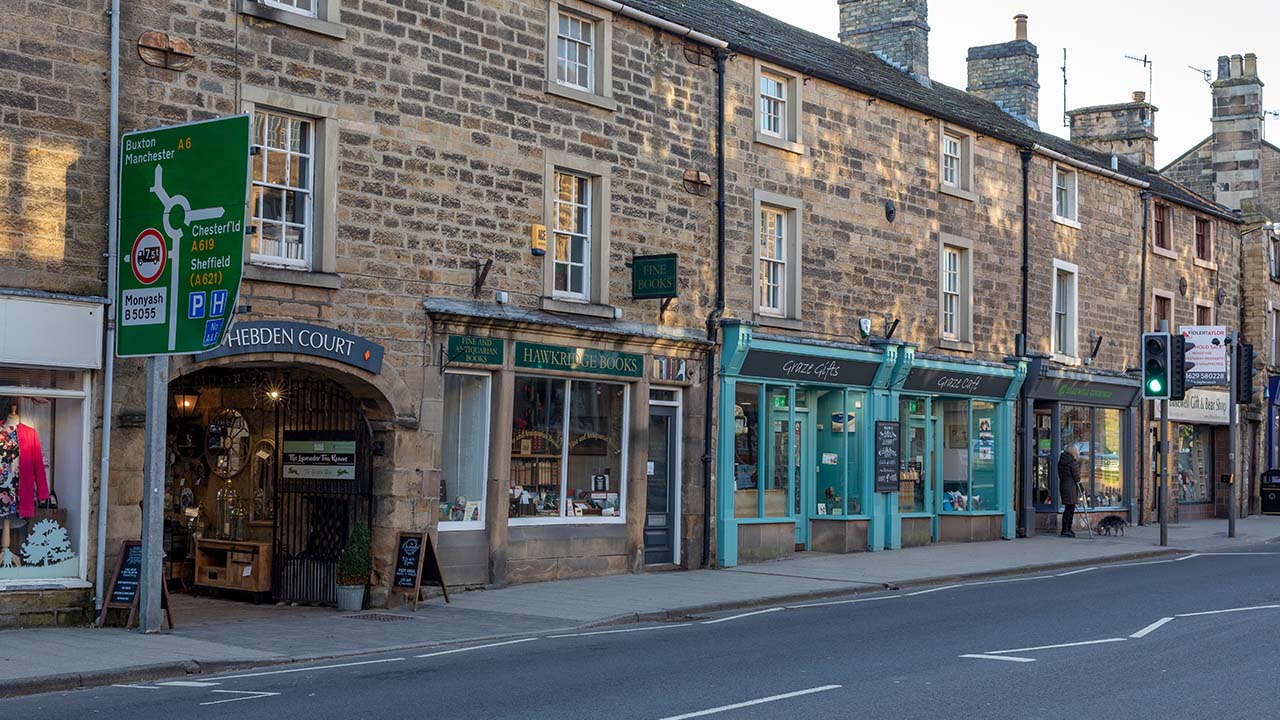In Views
Follow this topic
Bookmark
Record learning outcomes
The idea of a 15 minute city – or neighbourhood – has become popular in town planning.
Academics from the universities of Edinburgh and Liverpool say simplicity is the main attraction: “If you live in one, it means everything you need to go about your daily life – school, doctors, shops and soon– is located no more than a 15 minute walk from your house.”1
As one example, Oxford’s Local Plan preferred options included the 15/20 minute neighbourhood, hoping to reduce air pollution and promote sustainable travel.2 However, not everyone has been supportive and plenty of conspiracy theories have emerged about controlling who can go where, when, and how.3
Priorities
Parking wilder notions to one side, it’s worth pondering what the public thinks. Handily, YouGov ran a survey in February of 2,008 British adults and uncovered some thought provoking findings for the pharmacy sector.4 Unlike a previous Oxford City Council background paper, YouGov asked about community pharmacies rather than healthcare facilities in a generic sense.
Sixty-two per cent of respondents said they supported their local authority in setting a target to make their area a 15 minute neighbourhood. Twenty three per cent opposed the idea and 15 per cent said they didn’t know. Having a pharmacy within that 15 minute neighbourhood was third in terms of what should be included – slightly ahead of a GP surgery and only just behind a bus stop and post box.
The more detailed results also show that it was those aged over 65 who were more likely to want to see a pharmacy and a GP surgery within the 15 minute neighbourhood. Eighty-two per cent of those aged 18-24 said it should include a pharmacy, 84 per cent of those aged 25-49 and 50-64 agreed, as did 87 per cent of those aged 65-plus.
A gap to be filled
The survey gives an idea not just of preferences, but also practicalities, such as respondents’ current distance from amenities. Thirty one per cent are more than 15 minutes away from a pharmacy, compared with 43 per cent being more than 15 minutes from a GP surgery.
PSNC data – last updated on 30 March 2022 – suggests that 89 per cent of people in England can reach a community pharmacy within a 20-minute walk.5 Yet that same data says there are 11,600 community pharmacies, a number that has since dropped. So maybe it’s less than that now.
That means community pharmacies are accessible for most, but also that there is likely to be a sizable minority who can’t get there within 15 minutes.
YouGov has also highlighted how pharmacies, alongside banks and GP surgeries, are among the most desired part of the 15 minute neighbourhood.
At odds with trends
As heart-warming as it probably is to hear that real people want a pharmacy close-by, the reality is that the sector is under pressure and dire warnings about its future are commonplace.
Not only that, but the fact is that there are now fewer community pharmacies in England: NHS Business Services Authority data points out that there were 11,500 active community pharmacies in 2022/21, the lowest number of active contractors since 2015/16.6
Another lobbying point
Some of the messaging used by pharmacy spokespeople in their lobbying work has been pretty consistent over the past few years. Certainly, these messages reflect the pain on the ground – but is it worth exploring new approaches?
Lobbying by the sector happens all the time and in many forums. Maybe it has tapped into the local angle, but maybe – and perhaps more likely – it hasn’t.
PSNC chief Janet Morrison told P3pharmacy: “It’s no surprise that the public want community pharmacies to be a part of 15-minute neighbourhoods – pharmacies offer community health services that millions of people rely on and value.
“New statistics are always useful in helping to make our case to data-driven policymakers. And we need to push this more than ever as growing numbers of permanent closures are beginning to chip away at vital local healthcare provision.”
There’s an opportunity to be part of the debate on 15 minute neighbourhoods and leverage evidence that pharmacies are an important amenity for people who will be living within them. It’s also a reminder that the sector needs to work at the local level as much as the national one.
Leela Barham is a health economist
References:
- Nurse, A., Calafiore, A. and Dunning, R.J. (17 February 2023). 15-minute cities: How to separate the reality from the conspiracy theory. The Conversation.
- Local Plan Preferred Options: 15 Minute Neighbourhoods Background Paper.
- Nurse, A., Calafiore, A. and Dunning, R.J. (17 February 2023). 15-minute cities: How to separate the reality from the conspiracy theory. The Conversation.
- Smith, F. (6 March 2023). Most Britons would like their area to become a ’15-minute neighbourhood’. YouGov.
- PSNC. (30 March 2022) About community pharmacy.
- NHSBA. (13 October 2022). General Pharmaceutical Services in England 2015/16 – 2021/22.

